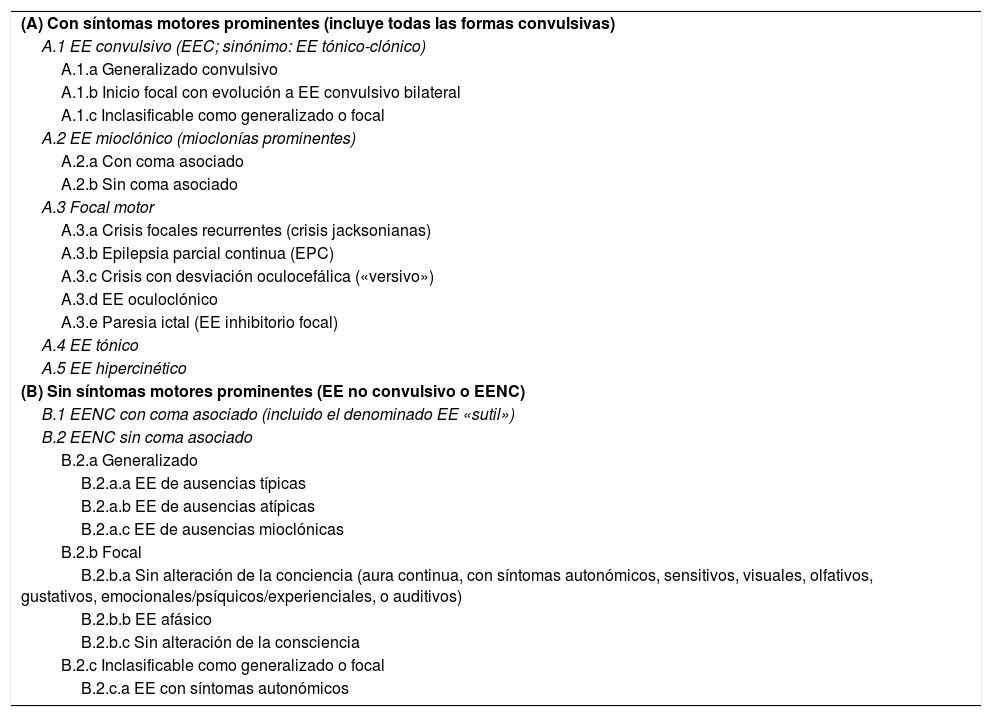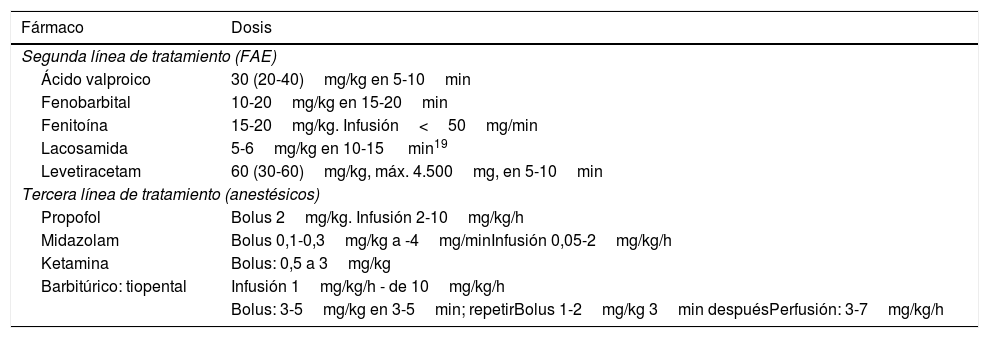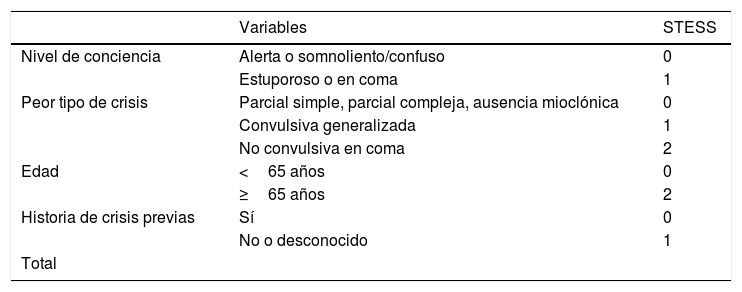El estado de mal epiléptico (EE) es una emergencia neurológica que requiere tratamiento urgente con terapias antiepilépticas, y un rápido tratamiento de su causa. En los últimos años se ha actualizado su definición para adaptarla a todos los tipos de EE y estandarizar el tratamiento. La nueva definición se basa en 2 tiempos: un tiempo t1 tras el cual una crisis no cede espontáneamente, y un tiempo t2 tras el que aparece daño neuronal. En el tratamiento hay 3 líneas: la primera son las benzodiacepinas; la segunda línea de tratamiento, los fármacos antiepilépticos; y una tercera, los anestésicos intravenosos. La aplicación de las diferentes líneas de tratamiento plantea cuestiones aún sin responder, ya que el pronóstico depende también de la etiología y la edad; por este motivo se están desarrollando diferentes escalas pronósticas con el fin de ayudarnos a prever la evolución y, por tanto, adaptar la agresividad del tratamiento a cada paciente.
Status epilepticus (SE) is a neurological emergency that requires urgent antiepileptic therapies, and a rapid treatment of its cause. In recent years, its definition has been updated to adapt it to all types of SE; this update helps to standardise the treatment. The new definition is based on two times: point t1, after which the event will not spontaneously cease, and period t2, after which neuronal damage may appear.
There are three lines of treatment: first, benzodiazepines; second, antiepileptic drugs; and third, intravenous anaesthetics. The application of the different lines of treatment raises still unanswered questions, since the prognosis also depends on the aetiology, age and duration. For this reason, different prognostic scales are being developed to help us to assess its evolution and in turn, adapt the aggressiveness of the treatment to each patient.
Artículo
Comprando el artículo el PDF del mismo podrá ser descargado
Precio 19,34 €
Comprar ahora












